Title: Understanding the Purchase Price of Perennial Ore: Exploring Its Advantages and Disadvantages Introduction: Perennial ore, also known as long-life ore, refers to a type of mineral resource that can be extracted and processed over an extended period. The purchase price is a crucial factor to consider when evaluating the viability of investing in perennial ore projects. In this article, we will delve into the factors influencing the purchase price of perennial ore and analyze its advantages and disadvantages. Factors Influencing the Purchase Price: 1. Mineral Concentration: The concentration of valuable minerals within the perennial ore deposit directly affects its purchase price. Higher-grade ores generally command a higher value due to their increased potential for profitable extraction.
minerals
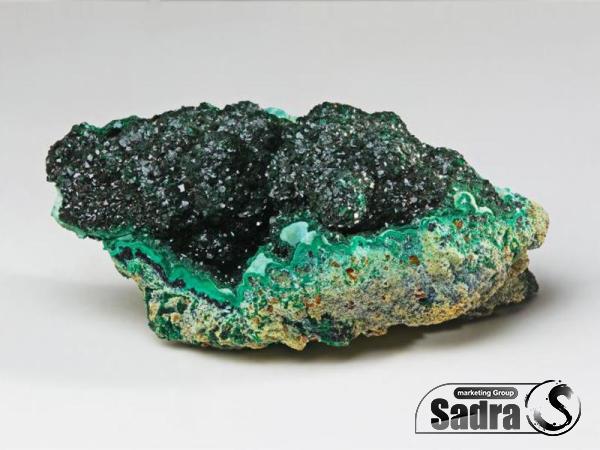 2. Accessibility and Geographical Location: The ease of access to the ore deposit contributes significantly to the purchase price. The cost of transport, infrastructure development, and geopolitical factors associated with the location of the deposit impact the overall value of the ore. 3. Market Demand and Supply: The dynamics of supply and demand directly influence the purchase price of perennial ore. If the demand for the mineral is high while the supply is limited, the price tends to increase, making the investment in perennial ore more enticing. Advantages of Purchasing Perennial Ore: 1. Long-term Revenue Potential: Perennial ore offers the advantage of generating revenue over an extended period due to its extended extraction and processing life. This steady income stream allows companies to plan for the long term and ensure stability in their investment returns. 2. Diversification: Investing in perennial ore allows businesses to diversify their portfolio.
2. Accessibility and Geographical Location: The ease of access to the ore deposit contributes significantly to the purchase price. The cost of transport, infrastructure development, and geopolitical factors associated with the location of the deposit impact the overall value of the ore. 3. Market Demand and Supply: The dynamics of supply and demand directly influence the purchase price of perennial ore. If the demand for the mineral is high while the supply is limited, the price tends to increase, making the investment in perennial ore more enticing. Advantages of Purchasing Perennial Ore: 1. Long-term Revenue Potential: Perennial ore offers the advantage of generating revenue over an extended period due to its extended extraction and processing life. This steady income stream allows companies to plan for the long term and ensure stability in their investment returns. 2. Diversification: Investing in perennial ore allows businesses to diversify their portfolio.
Specifications of minerals
 By including an asset with a longer-term production life, companies can mitigate risks associated with shorter-term investments and ensure a stable cash flow. 3. Enhanced Environmental and Social Responsibility: Perennial ore projects often require adherence to stringent environmental and social guidelines. By investing in such projects, companies can demonstrate their commitment to sustainable and responsible mining practices, thereby enhancing their reputation and goodwill. Disadvantages of Purchasing Perennial Ore: 1. Capital Intensive: Compared to shorter-term ore projects, perennial ore deposits often require significant upfront capital investments. The extraction techniques required, coupled with the development of infrastructure and facilities, can be financially demanding. 2. Market Uncertainty: Since the lifespan of a perennial ore project spans several years, market conditions and commodity prices can fluctuate significantly.
By including an asset with a longer-term production life, companies can mitigate risks associated with shorter-term investments and ensure a stable cash flow. 3. Enhanced Environmental and Social Responsibility: Perennial ore projects often require adherence to stringent environmental and social guidelines. By investing in such projects, companies can demonstrate their commitment to sustainable and responsible mining practices, thereby enhancing their reputation and goodwill. Disadvantages of Purchasing Perennial Ore: 1. Capital Intensive: Compared to shorter-term ore projects, perennial ore deposits often require significant upfront capital investments. The extraction techniques required, coupled with the development of infrastructure and facilities, can be financially demanding. 2. Market Uncertainty: Since the lifespan of a perennial ore project spans several years, market conditions and commodity prices can fluctuate significantly.
buy minerals
 These uncertainties may impact the profitability and viability of the investment. 3. Increased Technical Complexity: Perennial ore projects typically involve more complex and technologically advanced extraction and processing methods. This complexity can potentially increase operational risks and require substantial expertise and resources to manage effectively. Conclusion: Considering the purchase price of perennial ore is crucial for businesses seeking long-term stability and revenue streams. While it offers advantages such as a potential for sustainable income and diversification, disadvantages such as high upfront costs and market uncertainties should also be carefully evaluated. Ultimately, investing in perennial ore projects requires a comprehensive assessment of various factors in order to make informed decisions and maximize the potential return on investment.
These uncertainties may impact the profitability and viability of the investment. 3. Increased Technical Complexity: Perennial ore projects typically involve more complex and technologically advanced extraction and processing methods. This complexity can potentially increase operational risks and require substantial expertise and resources to manage effectively. Conclusion: Considering the purchase price of perennial ore is crucial for businesses seeking long-term stability and revenue streams. While it offers advantages such as a potential for sustainable income and diversification, disadvantages such as high upfront costs and market uncertainties should also be carefully evaluated. Ultimately, investing in perennial ore projects requires a comprehensive assessment of various factors in order to make informed decisions and maximize the potential return on investment.
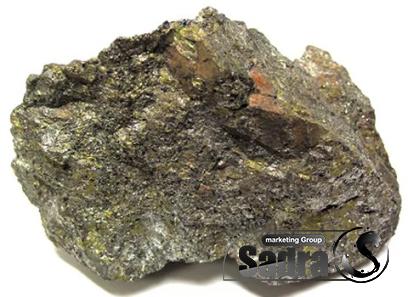
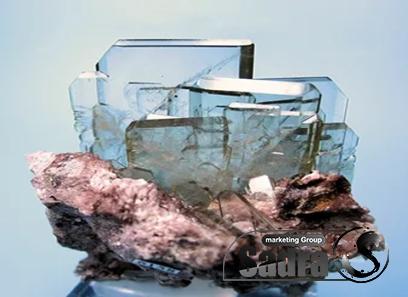
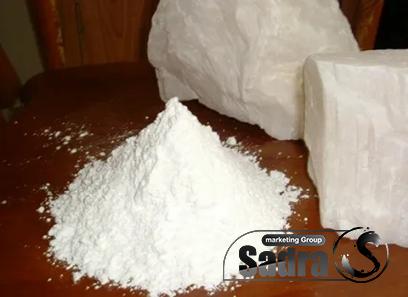
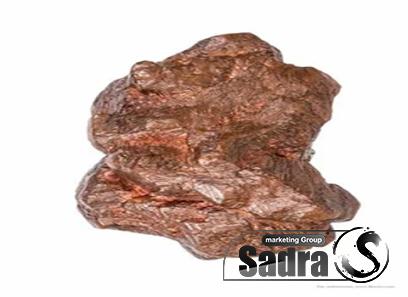
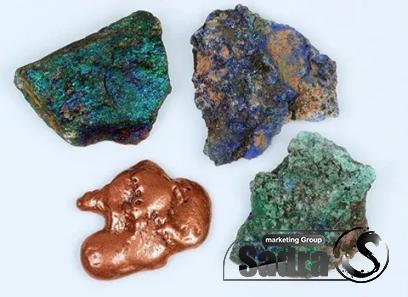
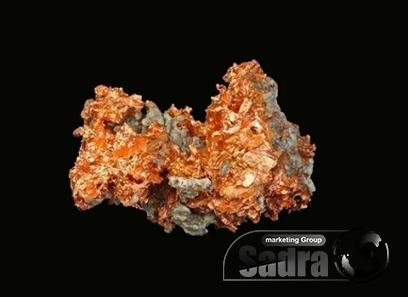
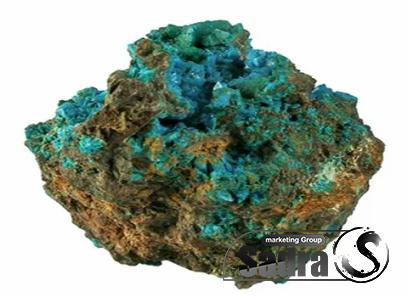
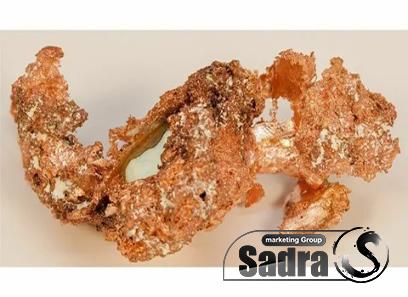
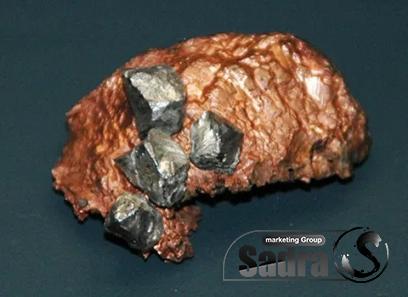
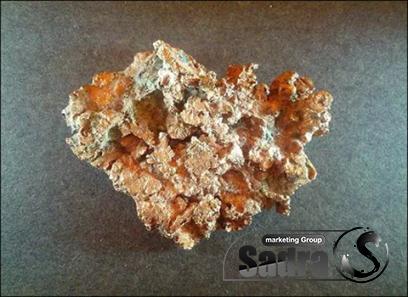
Your comment submitted.